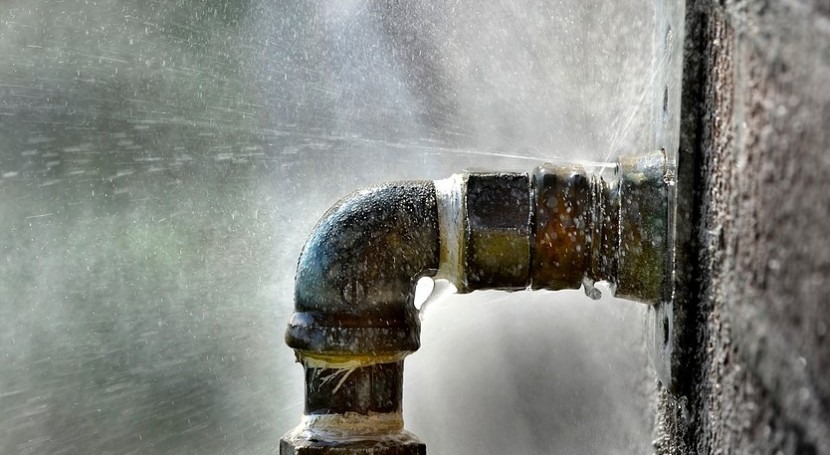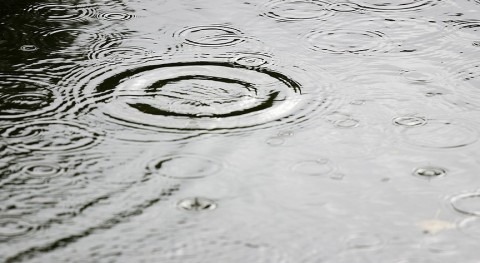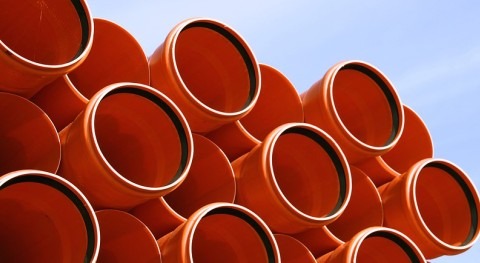When it comes to the water crisis, the issues that you’re likely to experience will depend on where you are in the world. Some places have too much water, some places have too little.
Others still may have the appropriate amount of water but mismanagement of resources is what’s putting pressure on supplies.
In the UK, part of the problem with water stress and water scarcity is wastage, with approximately three billion litres of water lost through leakage across the nation’s pipe system each and every day… and in order to safeguard resources for future generations, it will be necessary to factor this into the equation when considering the most appropriate steps to take towards a more sustainable way of life.
Work already appears to be underway in this regard, with the University of Sheffield currently testing out a new generation of underground robots to see how effective they are at patrolling the pipe network to check for faults and help prevent leaks.
According to the BBC, these pipebots are now being tested at the university’s Integrated Civil and Infrastructure Research Centre, small mobile robots that have cameras for eyes and all-terrain legs. The water industry is collaborating on the project to allow the bots to patrol the pipes and find vulnerable and weak areas before they turn into leaks.
Professor Kirill Horoshenkov explained that companies often respond reactively when a fault appears, rather than taking proactive action and working to prevent problems from manifesting themselves in the first place.
He went on to say: “We need to have the presence of robots so they can continuously collect data before the onset of faults. [The robots] move along the pipe, taking pictures and they have a microphone to listen to the pipe. They’re designed to make decisions about whether the pipe is likely to develop a fault or not.”
One potential problem that these robots face, however, is communication. Professor Netta Cohen, artificial intelligence specialist from the University of Leeds, believes this to be the biggest challenge that lies ahead, since there’s no GPS below ground. This means that the robots will need to communicate with each other using sound or wifi at short ranges.
A large mother robot is now being developed that can deploy groups of smaller pipebots so they can go into narrower pipes to assess the situation before being collected by the mother once again.
She added: “We will need a whole society of these robots to work in all these kilometres of pipe. If you think about the state of our infrastructure, it is so urgent to do something. It has implications not just for industry but for our impact on the environment.
What can businesses do?
We all have our part to play in reducing water wastage and businesses may well find that they can have quite a significant impact on their water usage and consumption, simply by focusing on water leak detection and repair.
Part of the problem with water leaks is that they are so small that they’re barely noticeable or they’re hidden away below ground, so you may not know you even have a problem until it’s too late.
If you get to this point, you may find that significant damage has already been done and the repair costs can be quite significant, not even before you factor in how difficult and expensive it can be to gain access to the pipes. Walls and floors may need to be ripped out, ground excavation may be required and so on.
Detecting a leak can be difficult, but there are some common warning signs to look out for, such as a permanently leaking toilet, bad smells emanating from the floor or near drains, cracks and spots in the walls, damp or dark patches on the ceiling or walls, peeling and bubbling paintwork, and a constant sound of dripping or running water.
It can also be useful to consider bill monitoring, as any sudden spikes in what you’re paying could indicate that there’s been a surge in usage, which suggests a leak may be present somewhere onsite.
Calling out a team of specialists can help you work out if you do, in fact, have a leak. They’ll be able to use a range of different detection equipment and techniques to see if there is a problem. Ground microphones, for example, can be used to detect and locate leaks even through thick walls or floorboards.
Another option is leak noise correlation, where sensors are used to mark out the area around the suspected leak so that sounds can be compared between different sensors and analysed to calculate the exact location.
Gas can also be used to identify potential leaks, with a combination of nitrogen and hydrogen injected into the mains water supply. If a leak is present, the gas will escape from the faulty parts of the pipe, with the process then repeated in various areas of the network until all potential leak sources have been identified.
There are many reasons why leaks may occur, whether it’s through general wear and tear, faulty pipes, accidental damage, bad plumbing or something else… but, regardless of the cause, it’s important to have any suspected leaks checked out properly by a team of specialists so you can help reduce wastage and save your business money, as well as boosting your green credentials.








